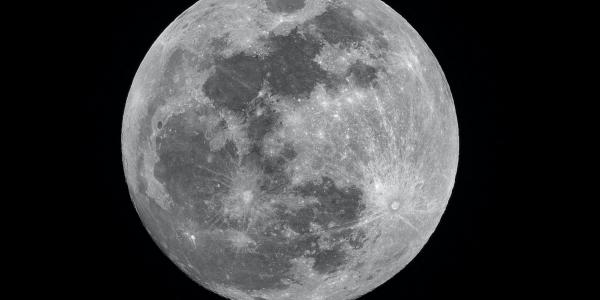EEPS Colloquium: Zoë Wilbur
New insights into lunar magmatism: A study of volatiles, vesicles, and volcanics
Volatile elements and compounds (e.g., H, H2O, CO2, S, Cl, F) critically influence magma properties and behavior, including ascent and eruptive processes. Basalts record a complicated history of the volatiles inherent to their parental magma, and the processes that change these volatile inventories (i.e., degassing). In order to determine the endogenous volatile inventory of the Moon, it is vital to identify the magmatic and secondary processes that may have affected the volatile contents recorded in lunar minerals within basaltic samples. I will discuss my efforts to investigate the histories of a variety of lunar basalts collected during the Apollo 15 and 17 missions and decipher the magmatic and volcanic processes they experienced. Traditional 2D geochemical analyses of volatile-bearing phases are coupled with 3D X-ray computed tomography (XCT) analyses of void spaces (vesicles and vugs) to better understand degassing in lunar lavas. I will place the timing of degassing into context with other magmatic events, and the implications of that timing for characterizing the distinct eruptive histories between low- and high- titanium mare basalts. My work provides a better understanding of the structure of lunar lavas by placing specific samples into stratigraphic context. These findings provide microscale information about lunar lava flows (i.e., mineralogy and vesicularity) that will help to inform critical, future macro-scale measurements by proposed robotic missions, such as Moon Diver.
Host: Brad Jolliff
EEPS Colloquia are made possible by the William C. Ferguson Fund.

